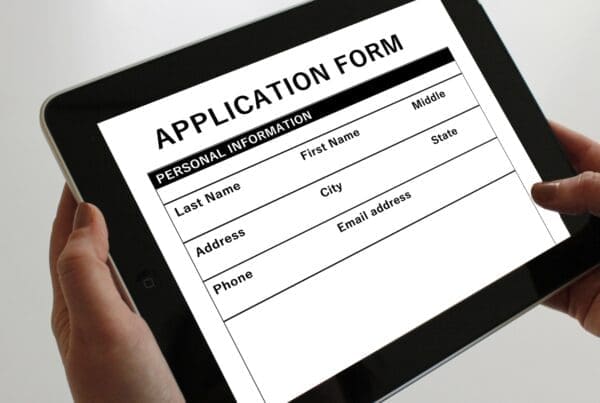Career break, sabbatical, workplace hiatus – they all mean a substantial period of time away from the workplace, usually without pay. In this blog, we discuss the pros and cons of taking a professional time-out and whether attitudes to career breaks are changing.
What is a career break?
This is a personal choice to step away from the workplace for an extended amount of time – an act almost exclusively made by an employee. There are no laws that deal specifically with a career break, therefore it is an agreement between an individual and their employer. A career break will not be paid, unless it is written into a contract, and there is no legal obligation for the employer to hold the job open or offer a similar role upon the employee’s return. As a result, most career breaks start when an employee resigns and doesn’t seek onwards employment.
Why do people take careers breaks?
Some of the most common reasons for a career break include to raise a family after maternity/paternity leave ends, to travel extensively, to volunteer, to retrain in a different profession or to return to higher education.
The positives
A career break can be a really good investment in personal and professional wellbeing. Time away allows people to develop better communication skills, improve their confidence, find a new perspective and generally mature. This self development translates very well to the workplace, resulting in a more rounded employee with improved tolerance, empathy and resilience.
Some employers see career breaks as a useful talent retention tool and will write one authorised career break into an employee’s contract. It will be specified how much service an employee must have before a career break can be taken, the maximum duration a break can be, whether the employee will be paid during the break, whether the job will be held open, and whether holiday, service and perks are accrued while the employee is away.
The negatives
The general rule of thumb is the longer the career break, the harder it can be to re-enter the workplace. Those in continual employment will have kept pace with industry developments, received training concerning new equipment, practices and software, may have enjoyed pay rises and/or promotion, and will have higher productivity levels than someone returning after a period away. It can help to keep in touch with your chosen industry while you’re away, take a refresher course as your career break ends or top up your professional training before your start re-applying for jobs.
Should I mention a career break on my CV?
This depends on how long your career break was and for what reason. A career break of more than three months should always be recognised on a CV, otherwise there will be a glaring gap that can arouse suspicions. You can be scant with the information, by merely stating ‘career break’ and prepare yourself for questions during an interview.
If your career break was for a sensitive reason – such as caring for a sick relative – one line detailing this is enough. If you used your time away to enrich your skill set, gain a new qualification or volunteer, this can enhance your chances of securing an interview or getting an offer, so elaborate.
Don’t confuse career breaks with other forms of leave
Leave of absence from work is usually requested by the employee. If granted, the employee can take time out of their job while retaining employee status. Leave of absence is for quite specific activities, such as maternity leave, to seek work during a notice of redundancy or to perform certain civic duties, for example, and is usually a short-term arrangement of weeks and not months or years.
Training and study leave is another option for employees who meet Government set-criteria, can prove the training benefits their current employer and plan to return to the same job. Those wishing to pursue this path should follow their employer’s request rules to ask for time off or write to their employer saying it’s a request ‘under Section 63D of the Employment Rights Act 1996’.





